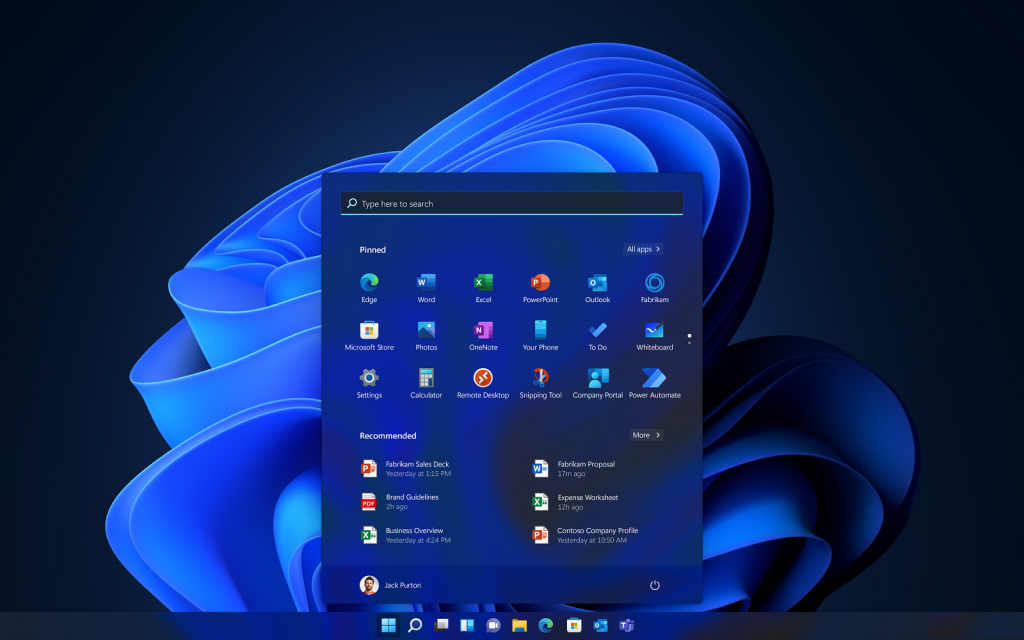As anyone who works with technology knows, change is the only constant (well that, and Patch Tuesday updates breaking things). Microsoft’s most recent updates to Windows 11 and 10, created specifically to align with the Digital Markets Act (DMA) in the European Economic Area (EEA), are the latest examples of this.
These changes, rolled out in the November 2023 non-security preview update for 11 (with 10 updates to follow soon), represent more than compliance—they symbolise a strategic shift towards what you could call “enhanced user control and interoperability”.
What that means for you is “these changes make the operating system less of a bloated, spyware-infested pain in the rear end to work with”.
Finally.
And while there’s no word yet on exactly how or when these changes will impact South Africa, since Europe is a major trading partner from whom we take our lead on many things, it wouldn’t be a surprise if exactly the same (or similar) changes roll out to Windows 10 and 11 running on South African PCs in the coming months.
To make sure that South African businesses are aware of the possible changes, we’ve compiled this report on what the changes are, why they were implemented, and what that could mean for businesses whose PCs use the OS.
Understanding the changes
At the heart of this update is a commitment to clarity and giving the user greater control over their Windows environment. After the update, Windows PCs in the EEA will now clearly identify operating system functions in settings, the start menu, and search functions. This move towards transparency is good for business users, especially those with less technical know-how, as it allows them to understand their systems better.
For example, system components will be clearly labelled with “system” in the Start menu’s All list and search results. This kind of clarity is meant to make navigation simpler, which time-pressed professionals will likely appreciate. It might also inspire less fiddling with system settings by end users, which IT admins will probably appreciate.
Windows is giving users more power to manage their computers by allowing them to remove some built-in apps that they might not want, such as Camera, Cortana (which is on its way out anyway), and Microsoft Edge. This means business users can customise their computers to have only the apps they really need and use.
Easy connection between different apps
The ability of Windows to work seamlessly with third-party programs, often referred to in technical circles as “interoperability”, is another cornerstone of these updates. In doing so, Microsoft is creating ways for other companies’ apps to work better with Windows features, making everything more connected and user-friendly.
This inclusivity extends to feeds in the Windows Widgets Board and web search in Windows Search. This not only enhances the functionality of third-party apps but also gives business users access to a broader range of tools and services, directly within the Windows ecosystem.
Data synchronisation and default apps
The synchronisation of Microsoft account data across devices is a subtle yet significant feature for business users. This synchronisation ensures that settings, apps, passwords, and even pinned apps and preferences are consistent across devices, which comes in handy when you have access to more than one Windows system and you want your work to follow you between them.
With the new update, this synchronisation won’t be on by default – people will be asked if they want their settings and data to follow them. This means they won’t be forced to use a Microsoft account with Windows, as they were with Windows 11 Home, or limp along on a local account as they did in Windows 10.
The option to uninstall the default apps is quite a big win for anyone who has not liked, for example, that they couldn’t remove Edge from the OS. With this update, kicking Edge and other apps to the curb like the Microsoft Store, the default Calculator, and even Photos will be absolutely doable.
The bigger picture for business
While it’s a little sad that it took EU regulators to make Microsoft implement these changes, it’s still good to see Microsoft shifting towards a more user-centric, flexible, and inclusive Windows experience. For techies who like to tinker and anyone who hasn’t enjoyed Microsoft’s recent tendency to wall its garden off quite aggressively, it’s like an early Christmas present.
For business users, these changes in Windows will make it not only compliant with the latest EU rules but also easier to use. It will become more flexible, easier to personalise, and able to work with more apps and services; this won’t necessarily reduce the time spent on technical support, but it could make Windows better suited to business purposes.
Windows changes – When and how?
The official Microsoft blog that outlined these changes mentioned that “[t]hese changes will gradually be rolling out to devices in Release Preview over the next couple weeks. We will be previewing changes for Windows 10 in the Release Preview Channel at a later date. We’ll be updating Windows 10, version 22H2 and Windows 11, version 23H2 PCs in the EEA to be compliant by March 6th, 2024.”
So take the above with a pinch of salt, and join us in sitting back and seeing if these EEA-specific changes make their way down to us in the next four to six months. We really hope they do, because we think Windows 11 (and 10 to some extent) has been long overdue for some under-the-hood user-friendly changes.
And if these updates somehow don’t end up impacting Windows 10 and 11 PCs in South Africa, it might be time to invest in a VPN and set your location to Europe.




